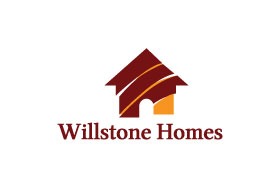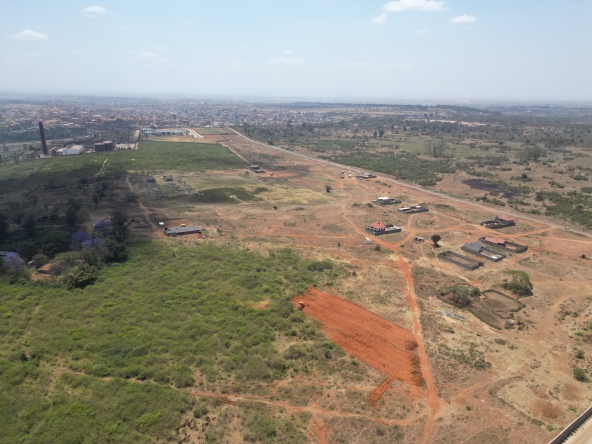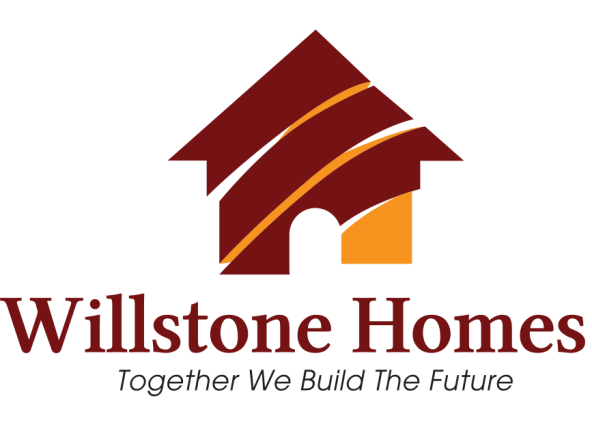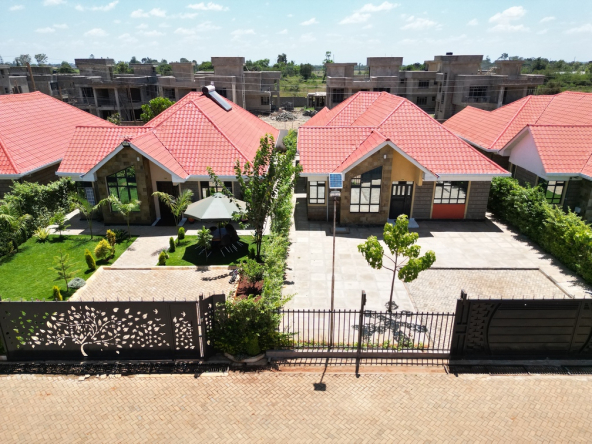In 2024, the real estate sector in Kenya exhibited remarkable growth, reaching a value of Ksh 94.5 trillion ($733 billion), with the residential section dominating. A market volume of Ksh 122 trillion ($944.1 billion) is anticipated by 2029. This growth has been driven by factors such as housing supply, interest rates, and favorable regional economic conditions.
That being in the past, you may be wondering: What does 2025 promise for private residential properties in Kenya? Below, we explore the key drivers, investment opportunities, and challenges shaping the future of residential properties in Kenya.
Key Growth Drivers for the Real Estate Sector in Kenya
Kenya’s residential property development landscape is influenced by a combination of strategic initiatives, market demands, and evolving buyer preferences. Several factors are driving growth, creating opportunities for private property developers to expand their footprint while addressing the country’s housing needs.
Affordable Housing Initiatives
The Kenyan government is prioritizing affordable housing in Kenya through public-private partnerships to provide low-cost housing solutions for underserved communities. These efforts are creating opportunities for first-time homebuyers and incentivizing residential property developers in Kenya to invest in lower-income housing projects.
Emerging areas such as Rwaka, Kikuyu, and Dika are becoming hotspots for private property development in Kenya due to improved infrastructure and accessibility to major urban centers. These regions are attracting real estate and housing projects Kenya investors looking to tap into the growing demand for private homes for sale in Kenya.
Increased Interest from Developers
There is a growing influx of residential property developers in Kenya, including international firms such as Chinese companies focusing on affordable housing projects. This has significantly bolstered Kenya real estate development, with developers catering to both low-cost and luxury homes in Kenya.
Furthermore, international retailers are expanding their footprint in the country, indicating growing demand for mixed-use developments that combine urban property development in Kenya with retail and commercial spaces.
Urbanization and Infrastructure Development
Kenya’s rapid urbanization is a key driver of housing demand. By 2024, the population is expected to reach approximately 52.4 million, leading to a surge in residential property construction in Kenya. This demographic shift necessitates innovative housing solutions tailored to modern living preferences.
Ongoing infrastructure projects, such as major road expansions and public transport improvements, have enhanced connectivity within urban centers. These projects are a catalyst for new residential properties in Kenya, especially in cities like Nairobi and Mombasa, where urban living spaces are in high demand.
Investment Opportunities
The year 2025 presents promising prospects for real estate investment in Kenya, particularly within the residential property market Kenya. Demand for housing remains robust, with emerging trends emphasizing:
- Mixed-use developments designed to meet the preferences of younger generations seeking flexibility and convenience.
- Sustainable construction practices that align with global environmental standards, appealing to environmentally conscious buyers.
Private residential estates in Kenya that integrate eco-friendly features and modern amenities are becoming increasingly attractive to investors. Developers focusing on exclusive homes Kenya property market will likely find opportunities to cater to a growing segment of affluent buyers.
Challenges Ahead
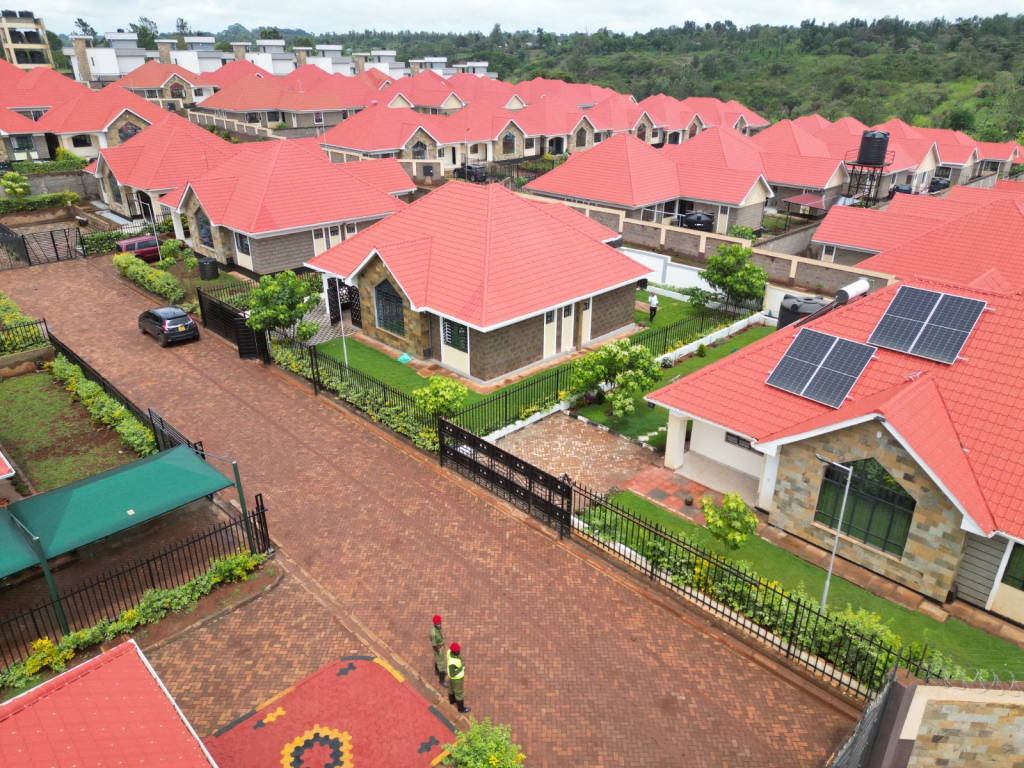
Despite the optimistic outlook, the Kenya private housing development sector faces several challenges:
- Rising Construction Costs: Inflation and supply chain disruptions have led to increased prices for building materials, impacting profitability for real estate developers in Kenya 2025.
- Regulatory Hurdles: Lengthy approval processes and bureaucratic inefficiencies remain a barrier for residential property developers in Kenya, delaying project timelines.
- Economic Fluctuations: Global economic instability may affect financing options for developers and buyers, posing risks to real estate investment in Kenya.
Future Outlook
The future of residential properties in Kenya appears promising as the sector adapts to evolving consumer preferences and government policies. Key trends expected to dominate include:
- Continued emphasis on affordable housing Kenya, driven by government and private sector collaboration.
- Increased adoption of urban property development Kenya models, particularly mixed-use projects to accommodate the growing urban population.
- Integration of technology to streamline property transactions and enhance the customer experience in the residential property market Kenya.
With sustained demand for housing, private property development in Kenya is set to thrive, supported by strategic initiatives and increased investment from both local and international players. As stakeholders navigate challenges such as rising costs and regulatory inefficiencies, opportunities abound within the dynamic Kenya real estate development landscape.
The real estate sector in Kenya remains a vital pillar of the country’s economy, with its growth trajectory shaped by government initiatives, developer interest, and demographic shifts. From the rise of new residential properties in Kenya to the integration of sustainability and technology, the market is evolving to meet modern needs. As we look toward 2025, residential property developers Kenya have the opportunity to capitalize on emerging trends while addressing challenges to unlock the full potential of the private residential property sector in Kenya.

